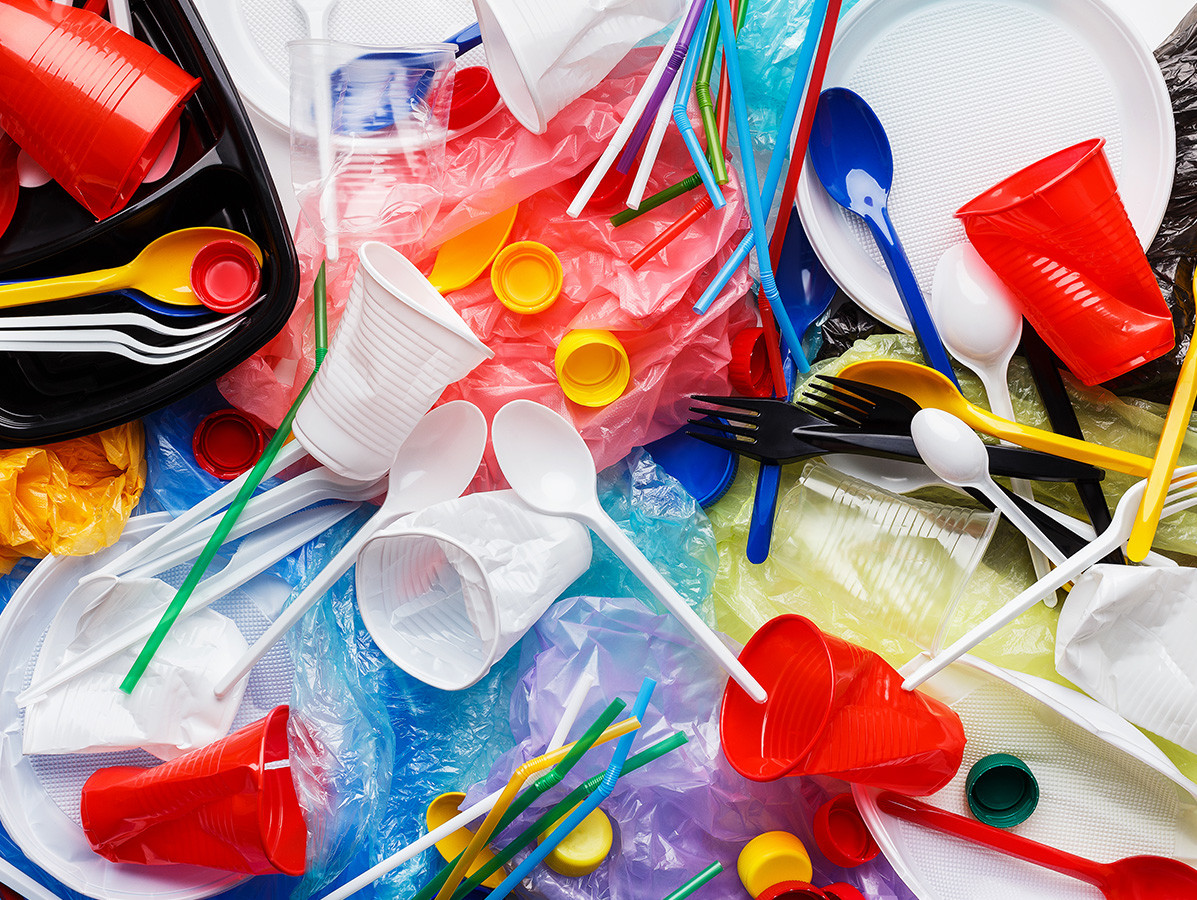
Scientists of TNO working on Circular Plastics have been using chemistry and polymer science to develop an innovative quality model, which translates the material properties of a plastic to a value. It then suggests the ideal purpose for that specific plastic.
The QMRP (Quality Model for Recycled Plastic) quantifies the quality of recycled plastics using mathematical calculations and experimental data not only acquired from mechanical testing but also odour, colour and compatibility with food contact requirements. The model basically values each plastic between 0 and 1, where 1 is the highest quality of recycled plastic and 0 is “trash”. Every number in between is a quality grade.
In the current recycling processes, plastic household packaging is collected and sorted by type at the recycling plant using NIR (Near Infrared) technology. The stresses on the plastics in each process step – from sorting to cutting and melting – significantly affect the overall quality. What’s more, high-quality plastic is mixed with lesser quality plastics, giving a lower average quality after recycling. The recycled plastics can then only be used in less demanding applications in terms of the properties. This is a concerning and high-priority issue for recyclers.
Life cycle assessment (LCA) research that Golkaram participated in, shows that the benefit/burden of recycling on the environment can vary depending on the quality of recycling output. After the QMRP has been rigorously tested in the field, we’ll be ready to implement the model in waste management and recycling plants. It promises to be a real gamechanger on the road to a circular economy.
Source: TNO